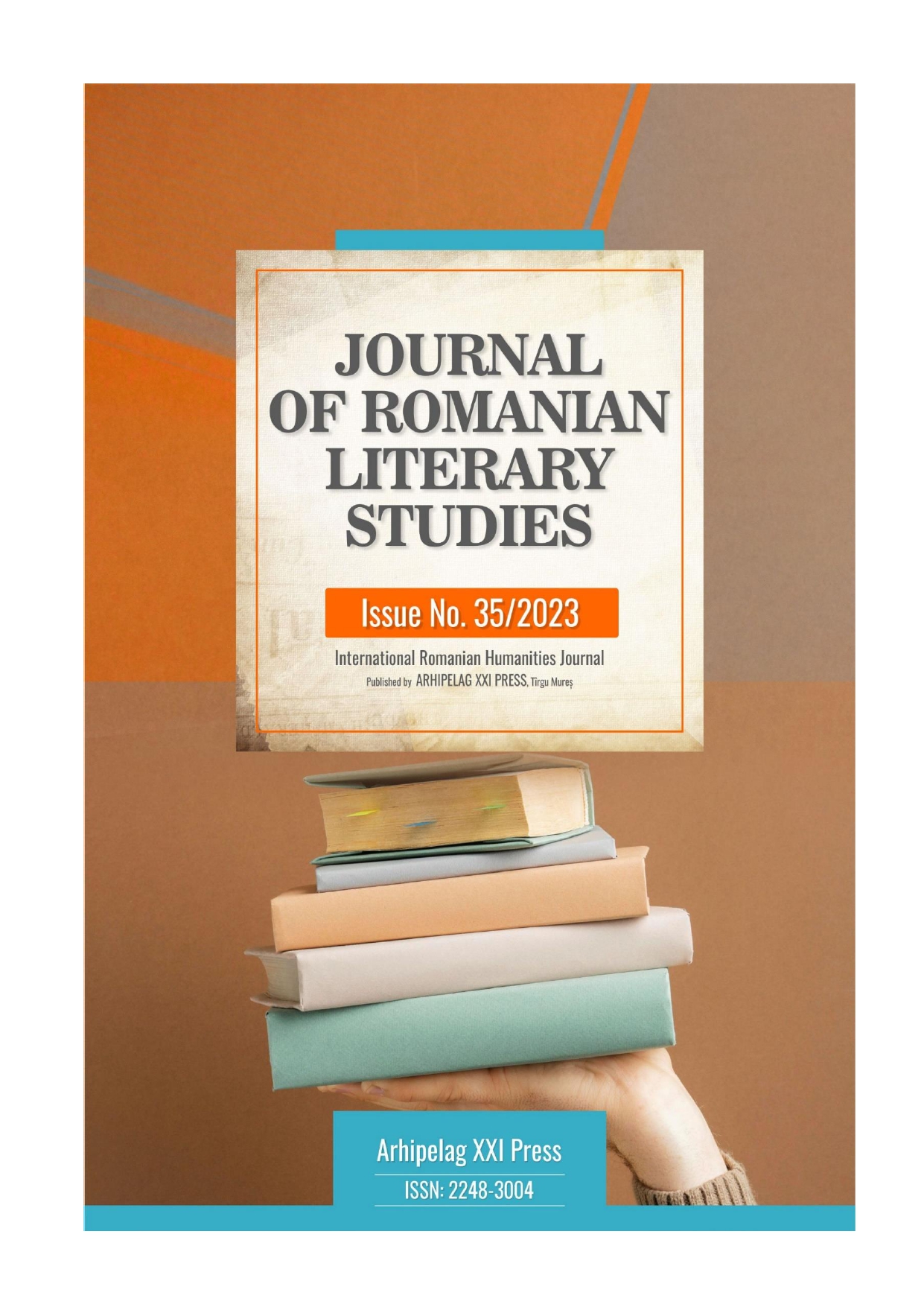NEW PERSPECTIVES ON BASHO’S FAMOUS HAIKU POEM ABOUT THE FROG
NEW PERSPECTIVES ON BASHO’S FAMOUS HAIKU POEM ABOUT THE FROG
Author(s): Irina-Ana DrobotSubject(s): Poetry, Other Language Literature, Philology, Theory of Literature
Published by: Editura Arhipelag XXI
Keywords: Zen Buddhism; Hokku; Renga; Playfulness; Translations; Intertextuality; Conventions;
Summary/Abstract: The present paper wishes to draw attention to different translations and, with them, to different interpretations of the famous frog poem by Matsuo Basho, considered the first ever haiku author. This haiku poem has become a staple for this poetic genre for Western culture members. Haiku is defined as a Japanese poem, based on its structure of three lines, arranged in a 5-7-5 syllable pattern, which is about nature. Basho’s poem has been given as an example of awareness of the present moment, as Western culture members were thinking about it as an illustration of Zen philosophy (Hitoshi, 2011). Indeed, translated versions of this poem support this mindset, in the English and French languages. In the meantime, haiku poems written by contemporary Romanian haiku authors such as Eduard Ţarǎ and Valentin Nicoliţov support this interpretation. Yet, Mark Ravina, PhD, teaching at Emory University, completely challenges everything we had previously known or thought we had known, presenting this poem as making a comic reference to conventions of the time, where the frog was a symbol of love, and according to whose interpretation Basho’s poems was a humouristic one, baffling the expectations of his contemporary readers who expected a love story, but all they got was an ordinary frog jumping into a pond.
Journal: Journal of Romanian Literary Studies
- Issue Year: 2023
- Issue No: 35
- Page Range: 265-270
- Page Count: 6
- Language: English

